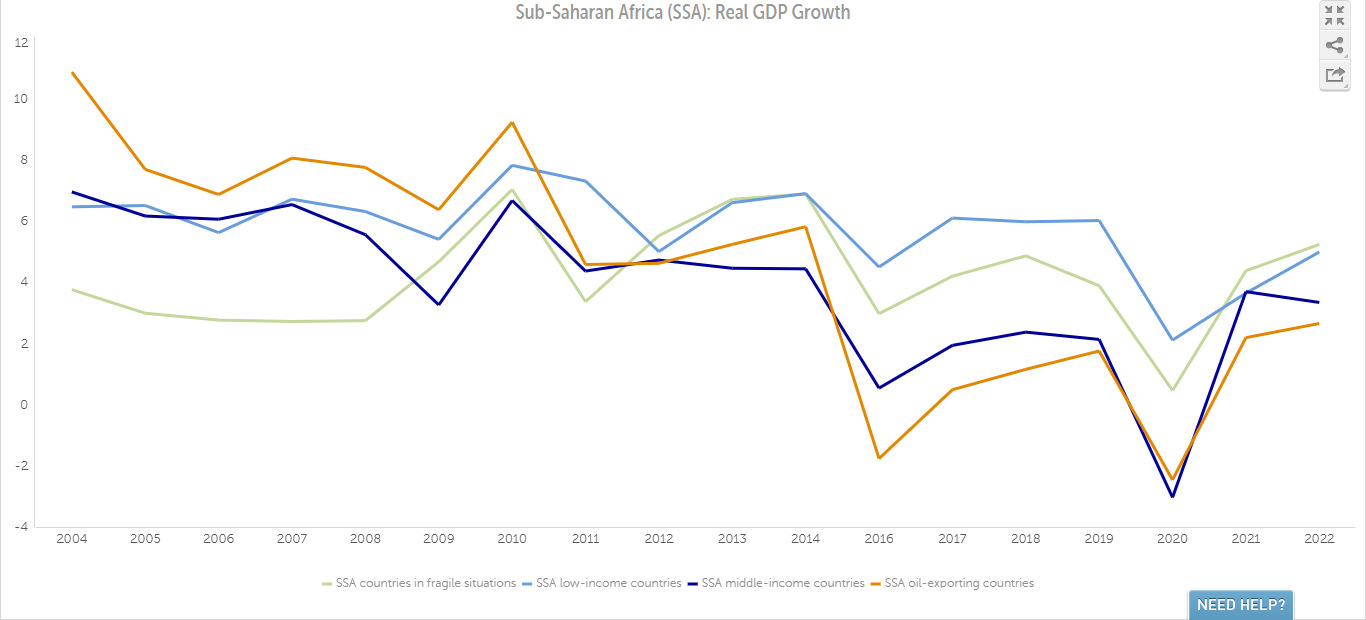The high performance work design: Motivation through work design
Share

It is generally believed that a firm will be successful when its employees are well motivated, feel committed and the job that they do give them high levels of satisfaction.
All the researches carried out to find the best way to organise work were orientated towards finding out how to best motivate people by a work-design that itself is motivating and offers job satisfaction. It has to be highlighted that job satisfaction is as a result of intrinsic and extrinsic motivating factors, the type and quality of supervision, interpersonal relationships within the work group and the degree to which employees s쳮d or fail in their work.
It is generally believed that a firm will be successful when its employees are well motivated, feel committed and the job that they do give them high levels of satisfaction. A useful perspective on the factors affecting job design and motivation is suggested by the job characteristics model provided by Hackman and Oldham. These two researchers observed that the critical psychological states of experienced meaningfulness of work, experienced responsibility for outcomes of work and know-ledge of the actual outcomes of work have strong influence on motivation, performance and job satisfaction.
This model paved the way for Autonomous Work Groups and lately the High Performance Work Design. There is an element of personal reward in these models: being aware of the outcomes of a work for which one is responsible and availability of feedback about one’s performance. Buchanan (1987) proposed the High Performance Work Design based on four major elements:
• Employee autonomy and involvement in decision-making.
• Support for employee performance.
• Rewards for performance, and
• Sharing knowledge and information.

















